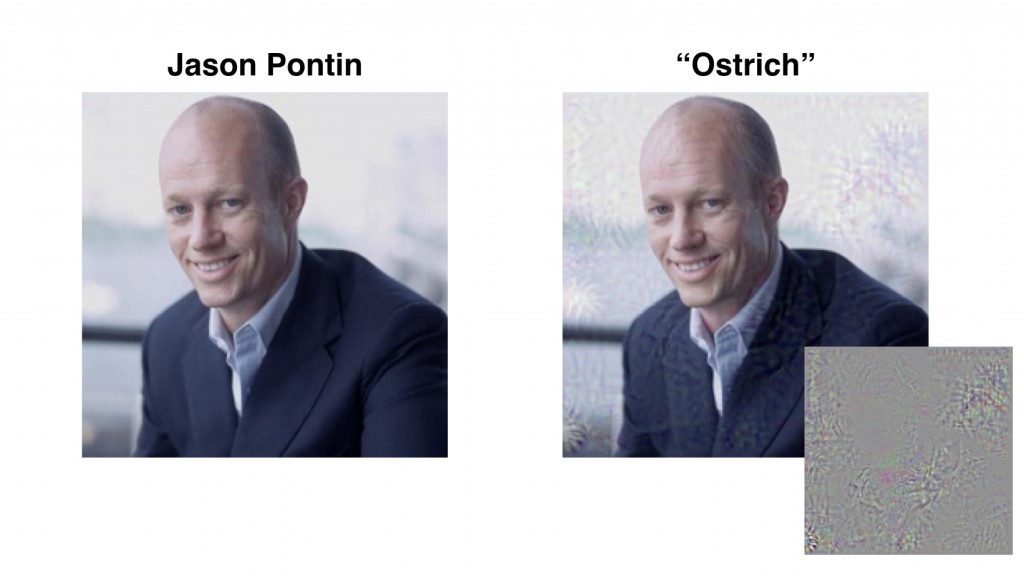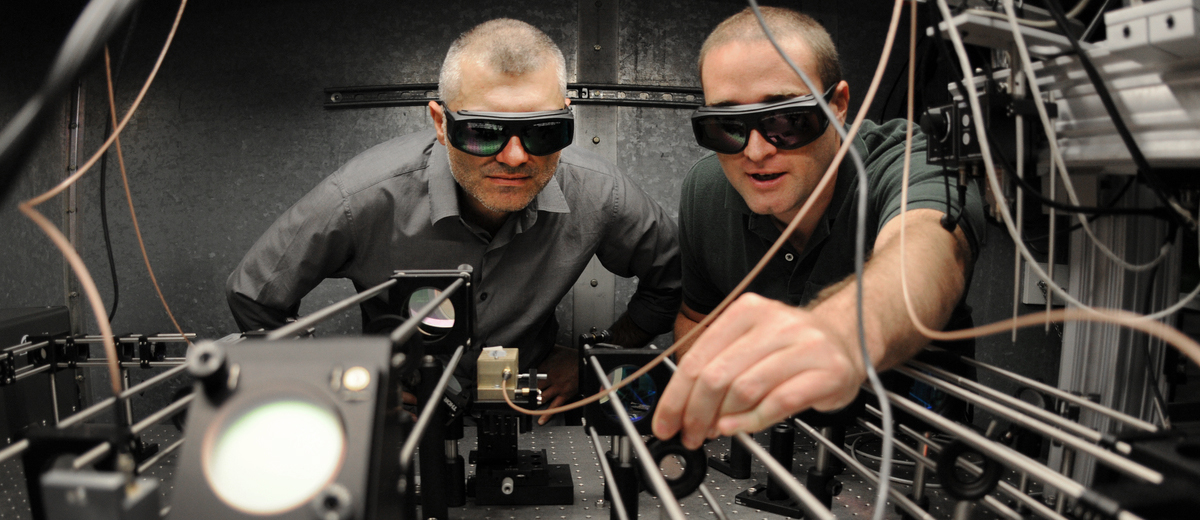IARPA seeks ways to improve artificial intelligence in rat brains

Big data and faster computers launched a new wave of progress and investment in artificial intelligence. Harvard University’s neuroscientist and computer scientist David Cox believes that the next big leap will depend on what happens in the rat’s head when it plays video games.
David leads the $ 28 million Ariadne project funded by the Intelligence Advanced Research Agency ( IARPA ). He is looking for a key in the brain of mammals that will help make artificial intelligence smarter.
Today, most of the technology relies on neural networks. Thanks to a significant increase in computing power and a large amount of data on the Internet, Facebook can identify individuals, Siri can recognize speech, and cars can navigate through space. However, these algorithms are still quite primitive and rely on a very simplified process of analyzing information. For example, you can slightly change the photos so that the program will seethings that really aren't. Cox showed a photo of the editor of MIT Technology Review with a slight noise overlay, and the program recognized it as an ostrich. You can do this trick yourself with the help of an online demo from Cox's lab.

Neural networks, as a rule, do not work well in overloaded environments, where a computer needs to select an object from a large number of other objects, many of which overlap each other. Machine intelligence copes with generalization rather badly. If you show the computer one or two images of a kangaroo, it will not learn how to identify all the kangaroos. He must see the kangaroo from different angles and in many situations before learning to accurately recognize the animal. “It seems that seeing is easy: just open your eyes. But it's hard to teach a computer to do the same, ”says David.
Visual identification is the least in which the human brain is superior to a computer. We can distinguish each other in a crowd, focus on a familiar voice in a noisy environment, and draw patterns from sounds and images on the basis of one or several examples. A person does not need instructions to learn how to generalize. Therefore, scientists turned to the brain to find what artificial intelligence is missing.
Now David and his team are working with rats that train their recognition skills using specially designed video games. A two-photon laser microscope will be used to measure rodent brain activity. To see how neurons work, scientists will inject a fluorescent protein that is sensitive to calcium. When neurons begin to react, calcium ions will follow into the cell and highlight it. “It’s like a lot of brain cell taping; you see what a rat can think about, ”notes David.
Another direction of the project includes an attempt to create a 3D map of the rat neural network of the brain using stacks of 30-nanometer sections of brain tissue, studied using a two-photon laser microscope. The resulting model is quite difficult to study, because neurobiologists still do not completely know what function this or that cell performs. But Cox says their “amazing entanglement” is encouraging. He suggests that "the brain can still teach us a lot in order to build artificial intelligence."

In addition to Ariadne, two more teams are working under the supervision of a scientist from Carnegie Mellon University Tai Sing Lee and a neuroscientist from Baylor College Andres Tholias. Each group of scientists approached the same problem from different angles. For example, the team of Andreas Tolias uses an approach that is largely similar to the method of David Cox.
To study the deeper layers of the brain, and not just the upper ones studied by Cox and his colleagues, Tolias used three-photon microscopy. The research team led by Tolias has already made significant progress, having established connections between 11,000 neural pairs and discovered five new types of neurons in the process. Tai Sing Lee plans to use DNA barcoding: his team will label each neuron with a unique nucleotide sequence and chemically connect barcodes through synapses to reconstruct the circuit. Lee hopes that it will be faster and more accurate, if at all works. He notes that “if bar coding technology works, it will radically change the whole picture of neuroscience”.

All the work done is only half of the entire project. Scientists must find a way to make all this information useful for machine learning algorithms. On the one hand, many researchers believe that neurons represent sensory information in the form of probability distributions, calculating the most likely interpretation of an event based on previous experience. This hypothesis is primarily based on the idea of feedback in the brain. Most likely, there is a constructive process during which the brain maintains and creates an internal view of the world, generating expectations and predictions that allow it to explain the incoming data and “invent” how to use it. “What the artificial intelligence lacks right now is imagination and introspection. I believe,
The brain can perform analysis through synthesis in any number of different ways, so each team explores different possibilities. The group, led by Cox, views the brain as a kind of physics engine with pre-existing models that it uses to create an idea of the world. The Tai Ling C team assumes that the brain makes up a “library” of small pieces and parts of objects and examines them before putting them together. Tolias works with the assumption that the brain creates statistical theories about the world.
